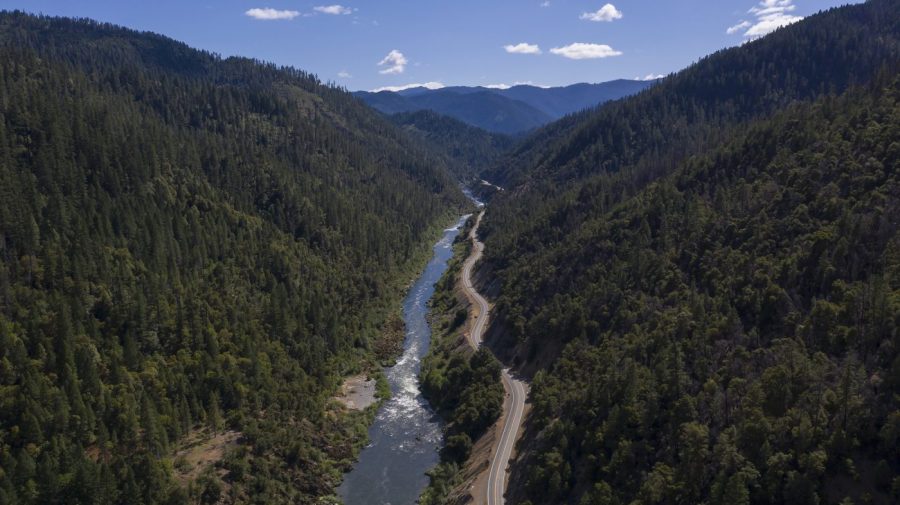
California Gov. Gavin Newsom (D) is committing to the removal or circumvention of several long-disputed dams in a bid to revive the state’s salmon.
The governor announced both new actions and efforts that are already underway to bolster the drought-rattled fish population in a “Salmon Strategy” document issued Tuesday.
In the wake of ongoing extreme weather conditions, projections of Chinook salmon numbers dwindled to historic lows — prompting a salmon season shutdown last year alongside a Federal Fishery Disaster request.
Several tribal nations also canceled their associated religious and cultural harvests for the first time ever, the governor’s office noted.
“Salmon are an integral part of our shared history in California,” Newsom said in a statement.
“Some of my youngest memories were of seeing the iconic fish up close with my father when I was growing up — an experience all Californians deserve,” the governor added.
Aiming to reverse the decline, the Salmon Strategy has prioritized 71 actions and six specific goals: barrier removal, habitat restoration, water flow protection, hatchery modernization, technological management improvements and strengthened partnerships.
As far as the barrier removals are concerned, the document stressed that “some dams that remain on the landscape are well beyond their useful life” and that many are blocking salmon access to more than 90 percent of their spawning habitats.
A massive project is already underway to remove four dams on the Klamath River, which historically was home to “many of the most prodigious salmon runs in California,” according to the Salmon Strategy.
Other dam elimination efforts are also in process, including removals of the Matilija Dam in Ventura County and the Rindge Dam in Los Angeles County, per the document.
In rivers where dams remain operational, the Salmon Strategy suggested that the state return salmon to upstream, cold-water habitats by introducing measures such as natural or physical passageways around the dams or facilitating transport of the fish.
Such measures have already been successfully implemented in certain rivers and creeks, according to the document.
“We’re doubling down to make sure this species not only adapts in the face of extreme weather but remains a fixture of California’s natural beauty and ecosystems for generations to come,” Newsom said.
Copyright 2023 Nexstar Media Inc. All rights reserved. This material may not be published, broadcast, rewritten, or redistributed.














